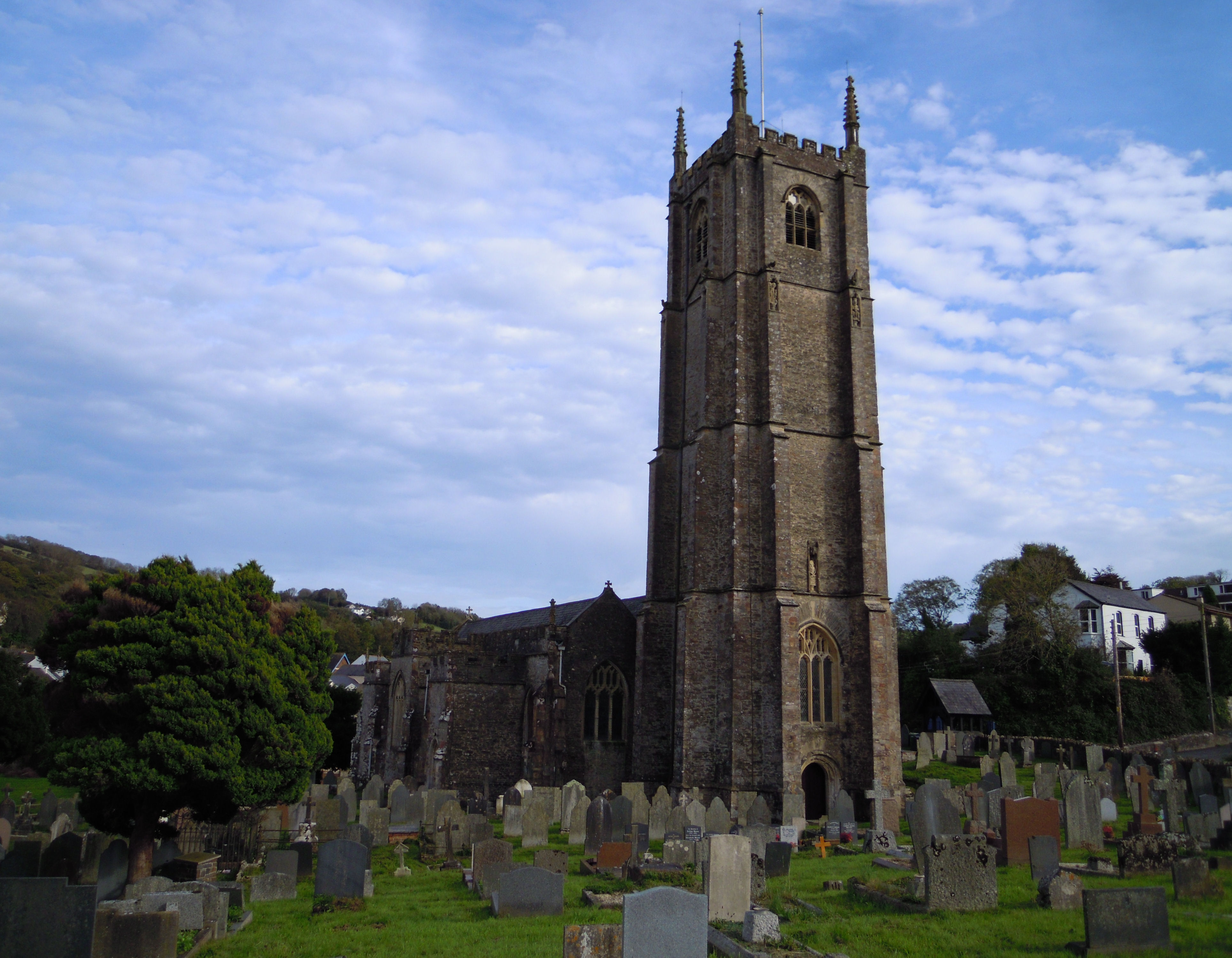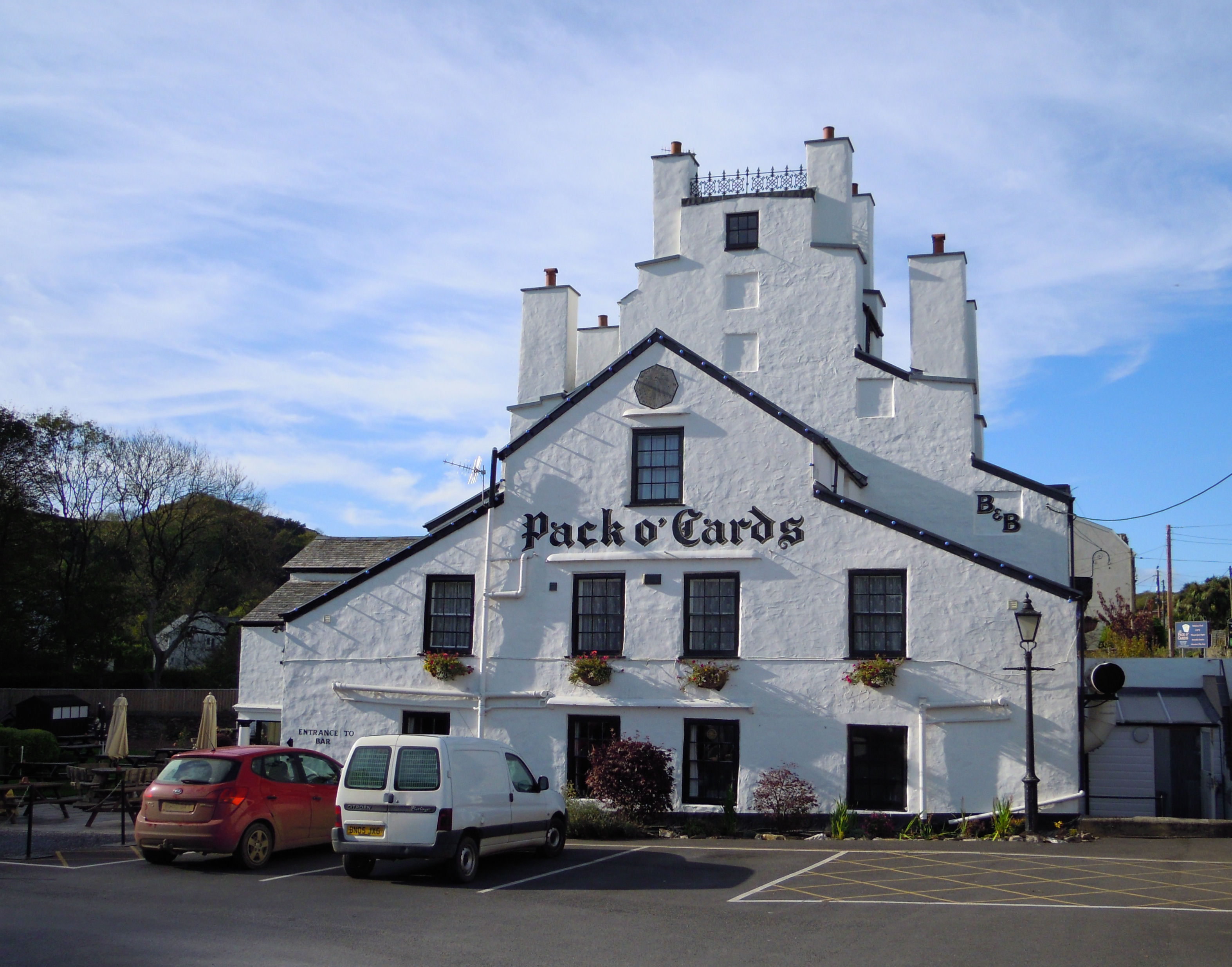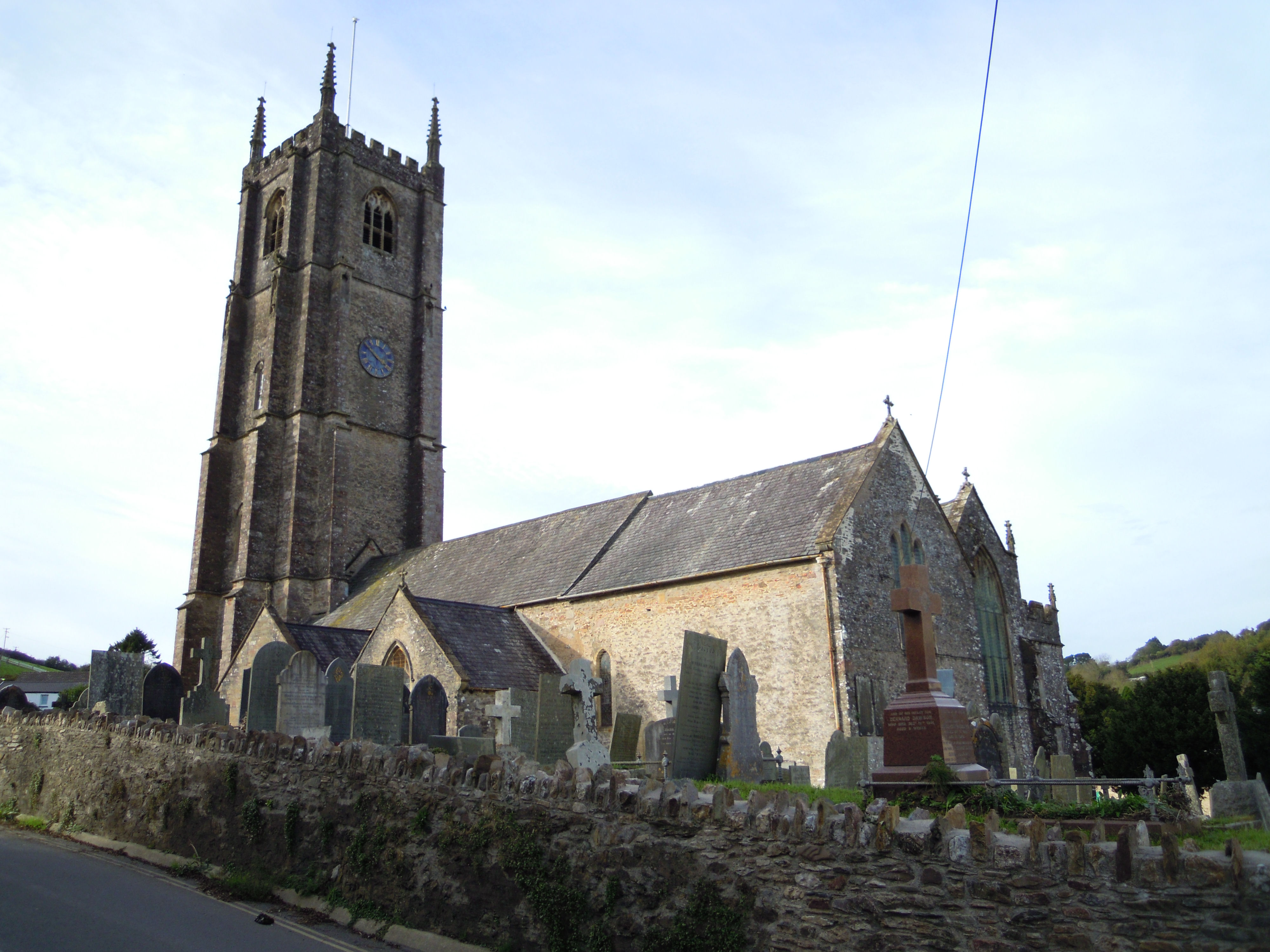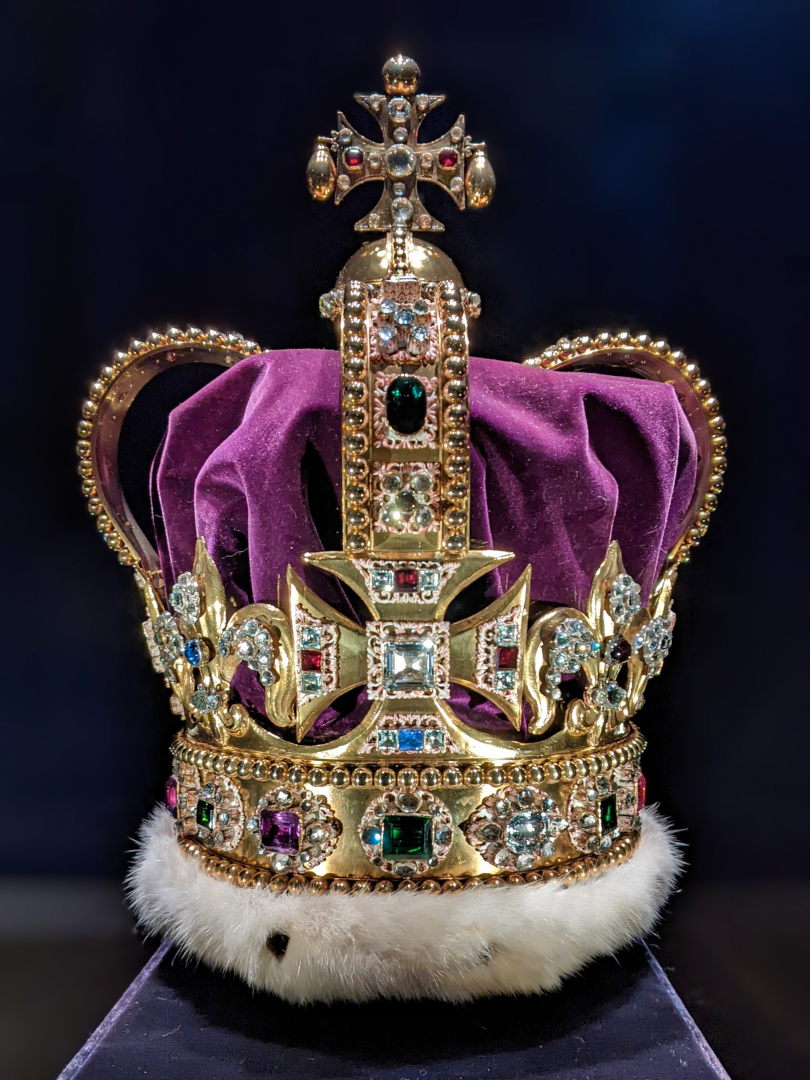|
Combemartin
Combe Martin is a village, civil parish and former manor on the North Devon coast about east of Ilfracombe. It is a small seaside resort with a sheltered cove on the northwest edge of the Exmoor National Park. Due to the narrowness of the valley, the village consists principally of one single long street which runs between the valley head and the sea. An electoral ward with the village name exists. The ward population at the 2011 census was 3,941. History Evidence of Iron Age occupation includes the nearby Newberry Castle fort. The toponym "Combe" is derived from Old English ''cumb'' meaning "wooded valley". It derives ultimately from the same Brythonic source as the Welsh cwm, also of the same meaning. The name was recorded as ''Comer'' in 1128. The 'Martin' suffix on the place name is from the name of the FitzMartin family, feudal barons of Barnstaple, from which large barony the manor of Combe was held. The FitzMartins held the barony following the marriage of ... [...More Info...] [...Related Items...] OR: [Wikipedia] [Google] [Baidu] |
Hangman Cliffs
Hangman cliffs, consisting of Great Hangman and Little Hangman, are near Combe Martin on the north coast of Devon, England, where Exmoor meets the sea. Great Hangman, with its summit at , is high with a cliff face of . It is the highest sea cliff in England and the highest point on the South West Coast Path. Little Hangman is high and overlooks the village of Combe Martin at the western boundary of Exmoor National Park. Both cliffs lie on the South West Coast Path and are in an Area of Outstanding Natural Beauty. The cliffs are formed from a considerable thickness of sandstone known as the Hangman Grits (or more formally the Hangman Sandstone Formation) laid down during the Devonian Period. They were subsequently folded during the Variscan Orogeny and the strata are seen locally to dip southwards at between 25 and 35 degrees. There is an abandoned working for iron ore below Great Hangman at Blackstone Point. No early forms of the place-name ''Hangman'' there are recorded: i ... [...More Info...] [...Related Items...] OR: [Wikipedia] [Google] [Baidu] |
Old English
Old English (, ), or Anglo-Saxon, is the earliest recorded form of the English language, spoken in England and southern and eastern Scotland in the early Middle Ages In the history of Europe, the Middle Ages or medieval period lasted approximately from the late 5th to the late 15th centuries, similar to the post-classical period of global history. It began with the fall of the Western Roman Empire .... It was brought to Great Britain by Anglo-Saxon settlement of Britain, Anglo-Saxon settlers in the mid-5th century, and the first Old English literature, Old English literary works date from the mid-7th century. After the Norman conquest of 1066, English was replaced, for a time, by Anglo-Norman language, Anglo-Norman (a langues d'oïl, relative of French) as the language of the upper classes. This is regarded as marking the end of the Old English era, since during this period the English language was heavily influenced by Anglo-Norman, developing into a phase know ... [...More Info...] [...Related Items...] OR: [Wikipedia] [Google] [Baidu] |
Pack O' Cards
The Pack o' Cards is a historic house built about 1690 in Combe Martin in North Devon. Today it is a public house and hotel. It is listed Grade II* on the National Heritage List for England. Located on the long High Street in Combe Martin, the building was constructed in about 1690 by local squire George Ley, who, it is said, celebrated his good luck at card games when, after winning a large sum of money, he built a house to represent a house of cards on a plot of land measuring 52 × 53 feet, representing the cards in a pack plus the joker. It has four floors representing the four suits, with 13 doors and fireplaces on each floor equaling the number of cards in each suit, and fifty-two stairs. Before the imposition of the window tax, the panes in all the windows added up to the total value of a pack of cards. Eventually the house passed out of the hands of the Ley family, but it is not certain when exactly the building became an inn. Records show that it was serving that funct ... [...More Info...] [...Related Items...] OR: [Wikipedia] [Google] [Baidu] |
San Pietro In Vincoli
San Pietro in Vincoli (; Saint Peter in Chains) is a Roman Catholic titular church and minor basilica in Rome, Italy, best known for being the home of Michelangelo's statue of Moses, part of the tomb of Pope Julius II. The '' Titulus S. Petri ad vincula'' was assigned on 20 November 2010, to Donald Wuerl. The previous Cardinal Priest of the basilica was Pío Laghi, who died on 11 January 2009. Next to the church is hosted the Faculty of Engineering of La Sapienza University, in the former associated convent. This is named "San Pietro in Vincoli" ''per antonomasia''. The church is on the Oppian Hill near Cavour metro station, a short distance from the Colosseum. History Also known as the Basilica Eudoxiana ( it, Basilica Eudossiana, it was first rebuilt on older foundations in 432–440 to house the relic of the chains that bound Saint Peter when he was imprisoned in Jerusalem, the episode called "Liberation of Saint Peter". The Empress Eudoxia (wife of Emperor Valentinia ... [...More Info...] [...Related Items...] OR: [Wikipedia] [Google] [Baidu] |
Basilica
In Ancient Roman architecture, a basilica is a large public building with multiple functions, typically built alongside the town's forum. The basilica was in the Latin West equivalent to a stoa in the Greek East. The building gave its name to the architectural form of the basilica. Originally, a basilica was an ancient Roman public building, where courts were held, as well as serving other official and public functions. Basilicas are typically rectangular buildings with a central nave flanked by two or more longitudinal aisles, with the roof at two levels, being higher in the centre over the nave to admit a clerestory and lower over the side-aisles. An apse at one end, or less frequently at both ends or on the side, usually contained the raised tribunal occupied by the Roman magistrates. The basilica was centrally located in every Roman town, usually adjacent to the forum and often opposite a temple in imperial-era forums. Basilicas were also built in private residences ... [...More Info...] [...Related Items...] OR: [Wikipedia] [Google] [Baidu] |
Liberation Of Saint Peter
The liberation of the apostle Peter is an event described in the Acts of the Apostles, chapter 12 in which the apostle Peter is rescued from prison by an angel. Although described in a short textual passage, the tale has given rise to theological discussions and has been the subject of a number of artworks. Biblical narrative says that Peter was put into prison by King Herod, but the night before his trial an angel appeared to him, and told him to leave. Peter's chains fell off, and he followed the angel out of prison, thinking it was a vision (verse 9). The prison doors opened of their own accord, and the angel led Peter into the city. When the angel suddenly left him, Peter came to himself and returned to the house of Mary, the mother of John Mark. A servant girl called Rhoda came to answer the door, and when she heard Peter's voice she was so overjoyed that she rushed to tell the others, and forgot to open the door for Peter (verse 14). Eventually Peter is let in and descri ... [...More Info...] [...Related Items...] OR: [Wikipedia] [Google] [Baidu] |
Church Of St Peter Ad Vincula, Combe Martin
The Church of St Peter ad Vincula is the Church of England parish church for the village of Combe Martin in North Devon in the UK. Possibly built on the site of a Saxon church, construction of the present building began in the 13th-century with additions in the 15th-century and later. It has been a Grade I listed building since 1965.Church of St Peter Ad Vincula: A Grade I Listed Building in Combe Martin, Devon – Listed Buildings website The church comes under the |
Parish Church
A parish church (or parochial church) in Christianity is the church which acts as the religious centre of a parish. In many parts of the world, especially in rural areas, the parish church may play a significant role in community activities, often allowing its premises to be used for non-religious community events. The church building reflects this status, and there is considerable variety in the size and style of parish churches. Many villages in Europe have churches that date back to the Middle Ages, but all periods of architecture are represented. Roman Catholic Church Each diocese (administrative unit, headed by a Bishop) is divided into parishes. Normally, a parish comprises all Catholics living within its geographically defined area. Within a diocese, there can also be overlapping parishes for Catholics belonging to a particular rite, language, nationality, or community. Each parish has its own central church called the parish church, where religious services take p ... [...More Info...] [...Related Items...] OR: [Wikipedia] [Google] [Baidu] |
Henry V Of England
Henry V (16 September 1386 – 31 August 1422), also called Henry of Monmouth, was King of England and Lord of Ireland from 1413 until his death in 1422. Despite his relatively short reign, Henry's outstanding military successes in the Hundred Years' War against France made England one of the strongest military powers in Europe. Immortalised in Shakespeare's " Henriad" plays, Henry is known and celebrated as one of the greatest warrior-kings of medieval England. During the reign of his father Henry IV, Henry gained military experience fighting the Welsh during the revolt of Owain Glyndŵr and against the powerful aristocratic Percy family of Northumberland at the Battle of Shrewsbury. Henry acquired an increased role in England's government due to the king's declining health, but disagreements between father and son led to political conflict between the two. After his father's death in 1413, Henry assumed control of the country and asserted the pending English clai ... [...More Info...] [...Related Items...] OR: [Wikipedia] [Google] [Baidu] |
Edward III Of England
Edward III (13 November 1312 – 21 June 1377), also known as Edward of Windsor before his accession, was King of England and Lord of Ireland from January 1327 until his death in 1377. He is noted for his military success and for restoring royal authority after the disastrous and unorthodox reign of his father, Edward II. EdwardIII transformed the Kingdom of England into one of the most formidable military powers in Europe. His fifty-year reign was one of the longest in English history, and saw vital developments in legislation and government, in particular the evolution of the English Parliament, as well as the ravages of the Black Death. He outlived his eldest son, Edward the Black Prince, and the throne passed to his grandson, Richard II. Edward was crowned at age fourteen after his father was deposed by his mother, Isabella of France, and her lover Roger Mortimer. At age seventeen he led a successful coup d'état against Mortimer, the ''de facto'' ruler of the ... [...More Info...] [...Related Items...] OR: [Wikipedia] [Google] [Baidu] |
Crown Jewels Of The United Kingdom
The Crown Jewels of the United Kingdom, originally the Crown Jewels of England, are a collection of royal ceremonial objects kept in the Tower of London which include the Coronation of the British monarch, coronation regalia and vestments worn by British monarchs. Symbols of over 800 years of monarchy, the coronation regalia are the only working set in Europe and the collection is the most historically complete of any regalia in the world. Objects used to invest and crown British monarchs variously denote their role as head of state of the United Kingdom and other countries of the Commonwealth of Nations, Commonwealth, Supreme Governor of the Church of England, and head of the British armed forces. They feature heraldic devices and national emblems of England, Scotland, Wales and Northern Ireland. Use of regalia by monarchs in England can be traced back to when it was converted to Christianity in the Early Middle Ages. A permanent set of coronation regalia, once belonging to E ... [...More Info...] [...Related Items...] OR: [Wikipedia] [Google] [Baidu] |
Barnstaple
Barnstaple ( or ) is a river-port town in North Devon, England, at the River Taw's lowest crossing point before the Bristol Channel. From the 14th century, it was licensed to export wool and won great wealth. Later it imported Irish wool, but its harbour silted up and other trades developed such as shipbuilding, foundries and sawmills. A Victorian market building survives, with a high glass and timber roof on iron columns. The parish population was 24,033 at the 2011 census, and that of the built-up area 32,411 in 2018. The town area with nearby settlements such as Bishop's Tawton, Fremington and Landkey, had a 2020 population of 46,619. Toponymy The spelling Barnstable is obsolete, but retained by an American county and city. It appears in the 10th century and is thought to derive from the Early English ''bearde'', meaning "battle-axe", and ''stapol'', meaning "pillar", i. e. a post or pillar to mark a religious or administrative meeting place. The derivation from ''stapl ... [...More Info...] [...Related Items...] OR: [Wikipedia] [Google] [Baidu] |







.jpg)

